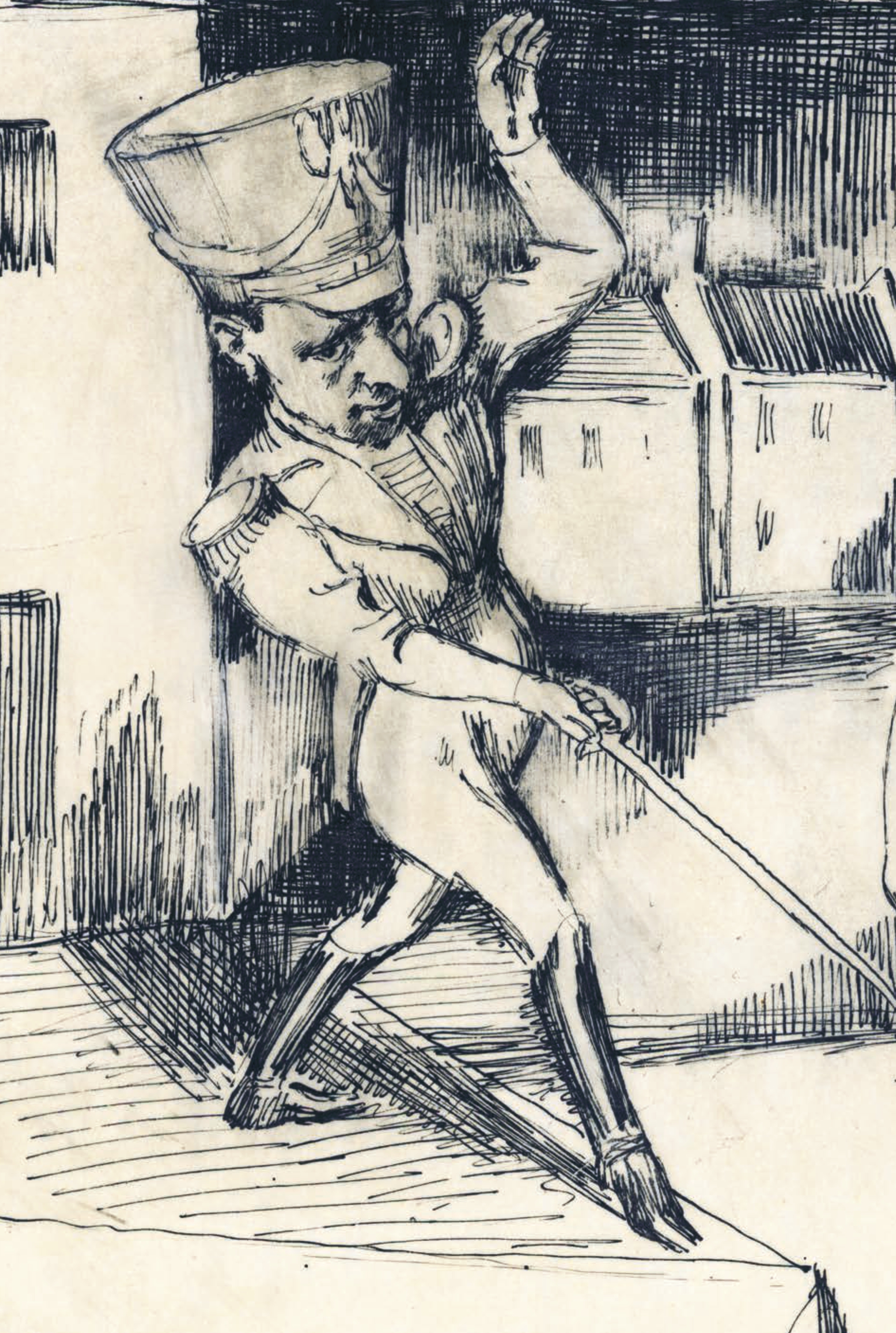Kometa i rakieta: postęp technologiczny w intertekstualnych konstelacjach "Komety" Brunona Schulza i "Tęczy Grawitacji" Thomasa Pynchona
DOI:
https://doi.org/10.26881/sf.2022.19-20.08Abstrakt
Twentieth-century literary representations of objects that fall from the sky include technological, man-made items as well as natural phenomena. Writers have contributed their specific readings to instances of this kind, and have grafted specific symbolic meanings on these phenomena. The falling object in question can be a supersonic rocket like the one that constitutes the thematic center of the American novelist Thomas Pynchon’s 1973 Gravity’s Rainbow. It may likewise be a celestial body, a larger and usually more destructive one than a mere meteor — a bolide, in other words, like the one Bruno Schulz describes in his 1938 story “Kometa”. What the rocket and the comet have in common is that Pynchon and Schulz ascribe a special significance to their respective flight curves and, more specifically, to the turning point of this parabola. Pynchon associates the issue of immobility at the rocket’s turning point with that of transformation; an instance mirrored in the text by Schulz, who moreover does so – again like Pynchon later – with reference to cyclists transmogrified into frozen firmament riders. The paper identifies a common intertextual reference point for this in the poetry of Rainer Maria Rilke. It demonstrates the impact as well as the similarities, but also interpretational differences of the Rilkean constellation of new stars named “Rider” in Schulz’s and Pynchon’s fiction.

 Uniwersyteckie Czasopisma Naukowe
Uniwersyteckie Czasopisma Naukowe





